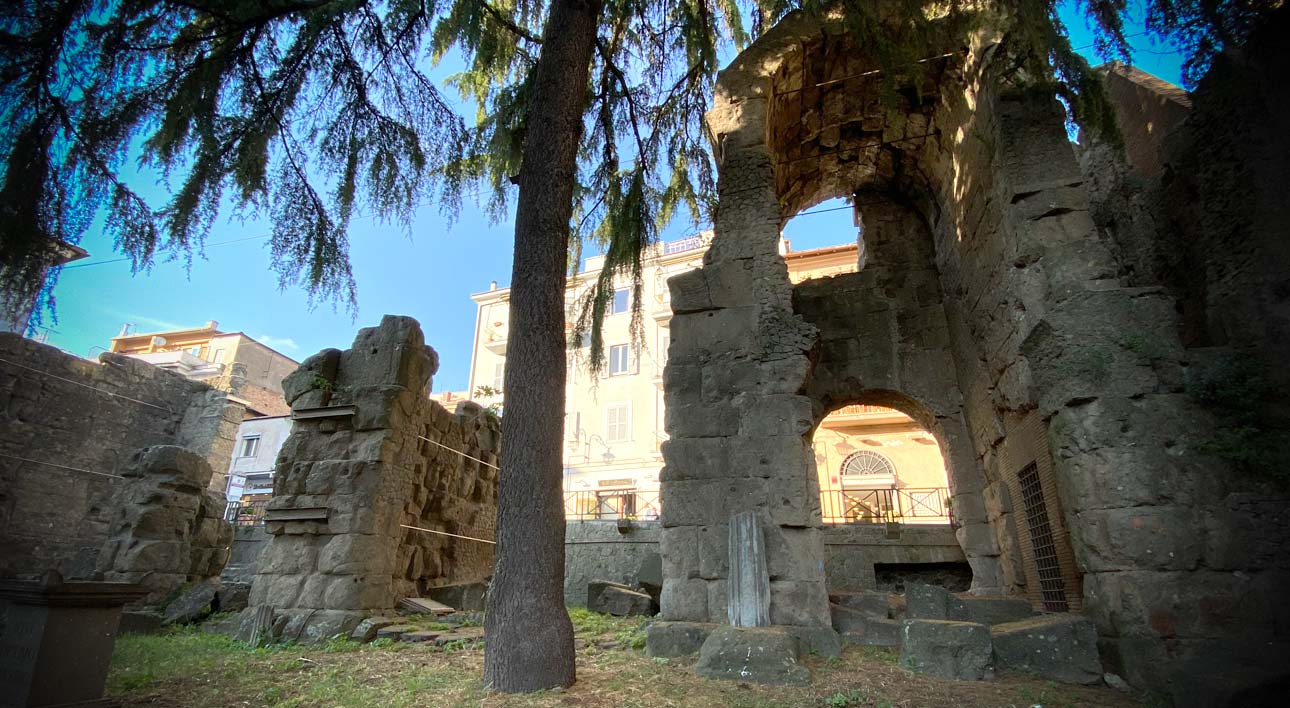Descrizione
Villa costruita da Pompeo tra il 61 e il 58 a.C., grazie alle ricchezze accumulate con la guerra mitridatica. Subì numerosi cambi di padronanza passando prima da Pompeo al figlio Sesto, poi nelle mani di Dolabella e successivamente nei possedimenti dell’imperatore Augusto e dei suoi successori. I resti a noi arrivati occupano l’imponente dimensione di 9 ettari di superficie, con una larghezza di 260 mt. ed una lunghezza di 340 mt. Osservando le strutture murarie si può notare che la villa fu ristrutturata, cambiata ed ampliata ben quattro volte. Il corpo centrale era rivolto verso il mare e si protraeva su una platea artificiale, raggiungendo i tre piani d’altezza. Ad abbellire ulteriormente la villa vi erano una serie di ninfei, costruzioni isolate e criptoportici, senza considerare la presenza di numerose e magnifiche statue, fontane, decorazioni e giardini. Alcuni fra i reperti più famosi rinvenuti tra il 1700 ed il 1800, sono l’ara marmorea con scolpite le fatiche di Ercole, il Bacco Barbato e il gruppo di due centauri in marmi policromi. Tutto ciò è oggi conservato nel museo dei Doria Pamphili, antichi possessori del terreno sul quale sorgono i resti della villa. Altri reperti si trovano nel Museo Civico di Albano.
English version
This villa was built by Pompey between 61 and 58 b.c. and its construction was financed with the rich spoils from the war against Mithridates. It had quite a lot of owners for it passed from Pompey to his son Sextus, then to Dolabella. And finally it became part of the estates of emperor Augustus and his successors. The ruins that we can admire now extend over an area of nine hectares, that measures 340 m. in length and 260 m. in breadth. By a close watching of the masonry four different phases of extension, rebuilding and restoration can be noticed. The main body of the villa was erected on an artificial platform facing the sea and was three store high. There were nymphaea, cryptportici and other separate buildings, which all added to the magnificence of the villa, not to mention the numerous valuable statues, polychrome terracotta decorations, gardens and fountains. Some of the best-known finds, that were excavated between 1700 and 1800, are the marble altar carved with the labours of Hercules, the group of two centaurs in polychrome marble and the bearded Bacchus (now all this is kept in the Doria Pamphili Museum in Rome, since this family once owned the park where the remains of the villa have come to light). Other finds from the Villa are now kept in the Albano Museum.
Servizi
Modalità di accesso
Accesso consentito alle persone con disabilità.
